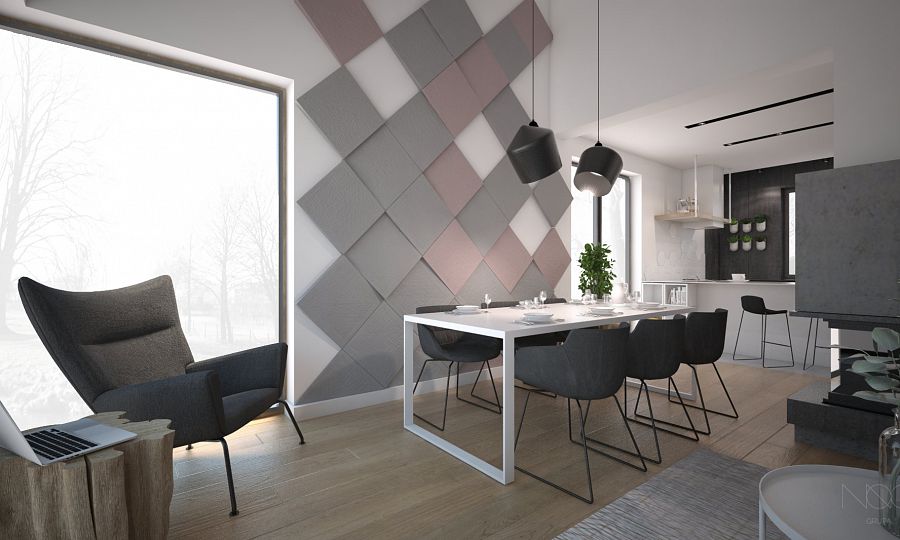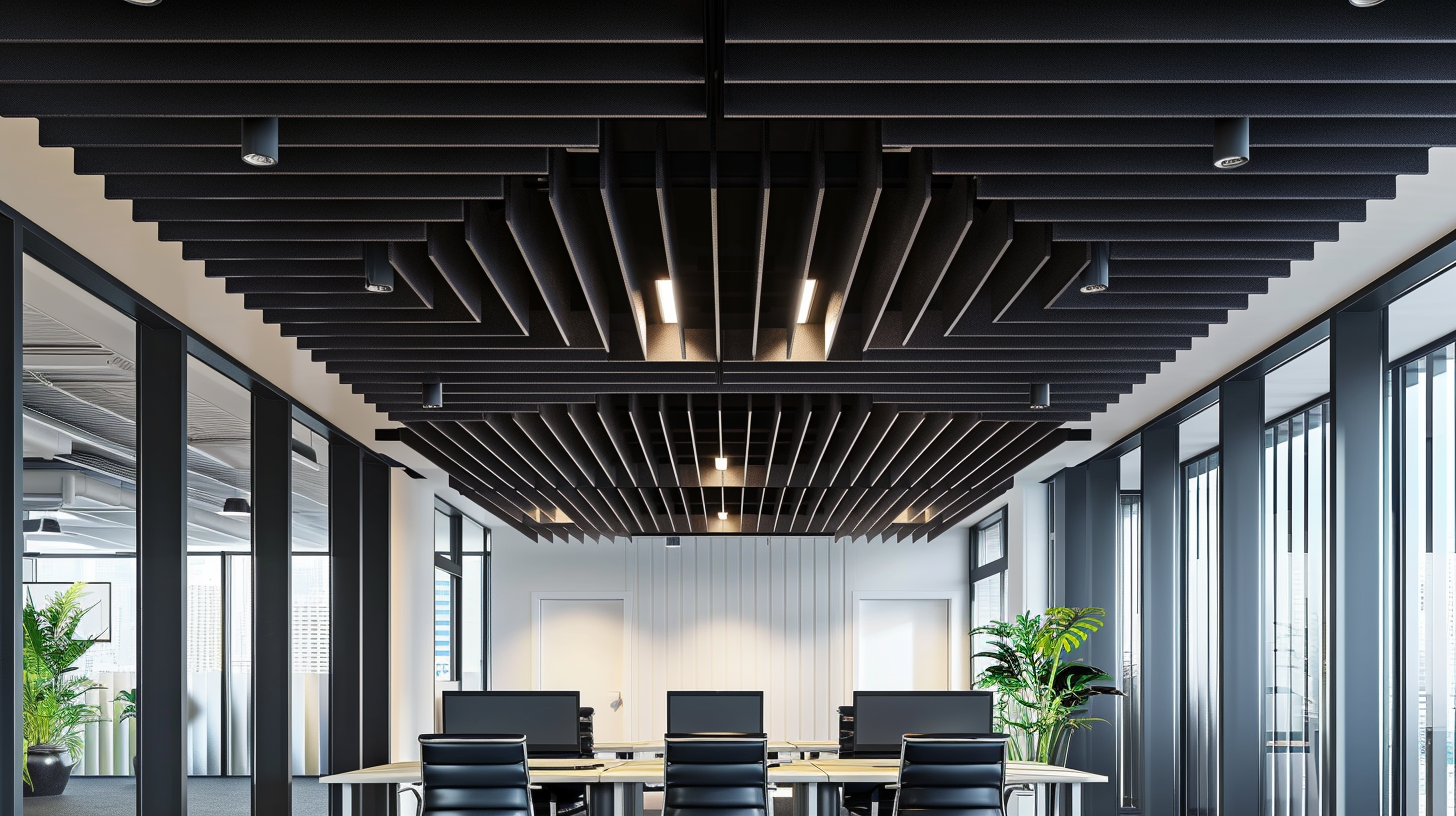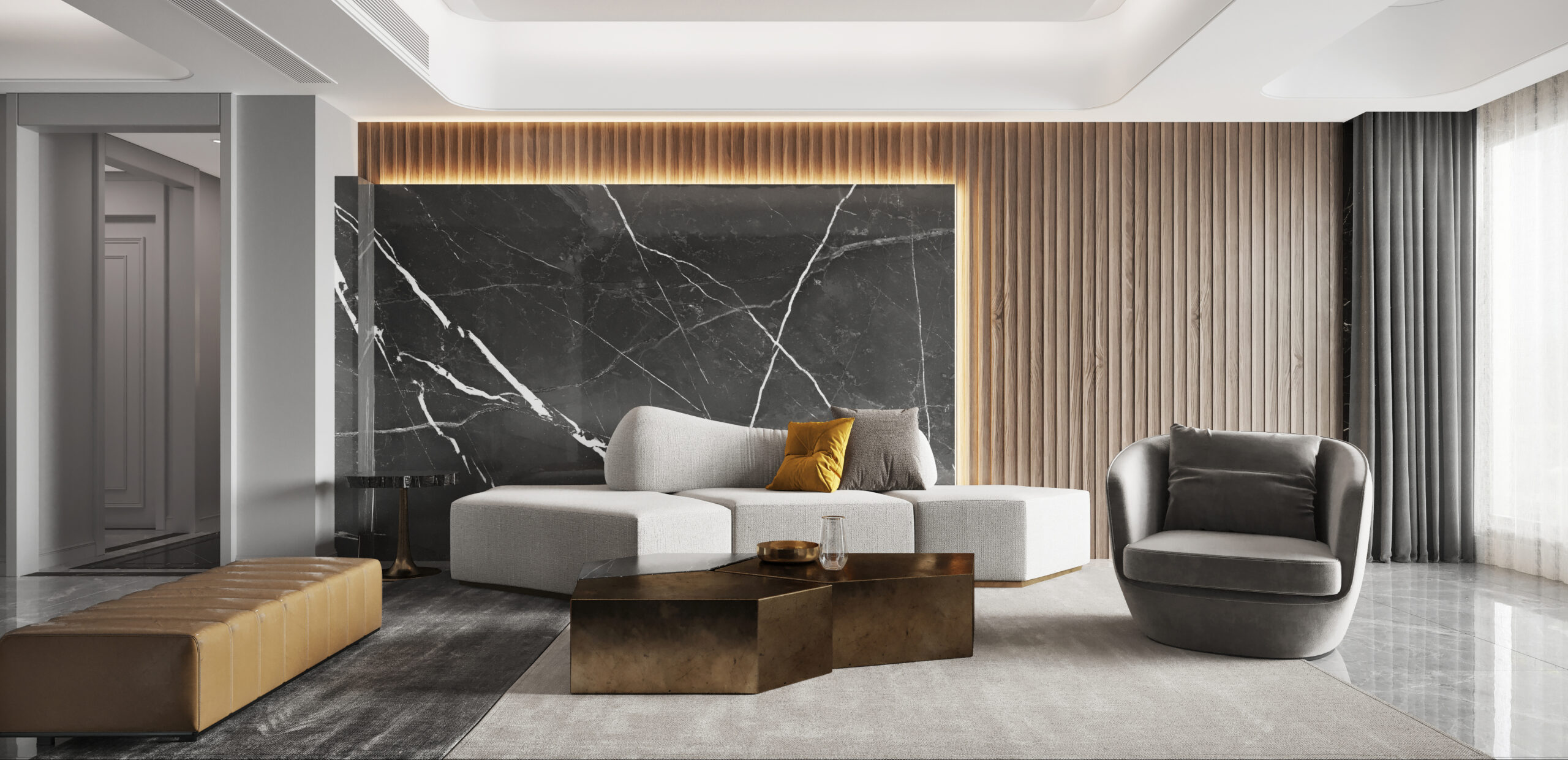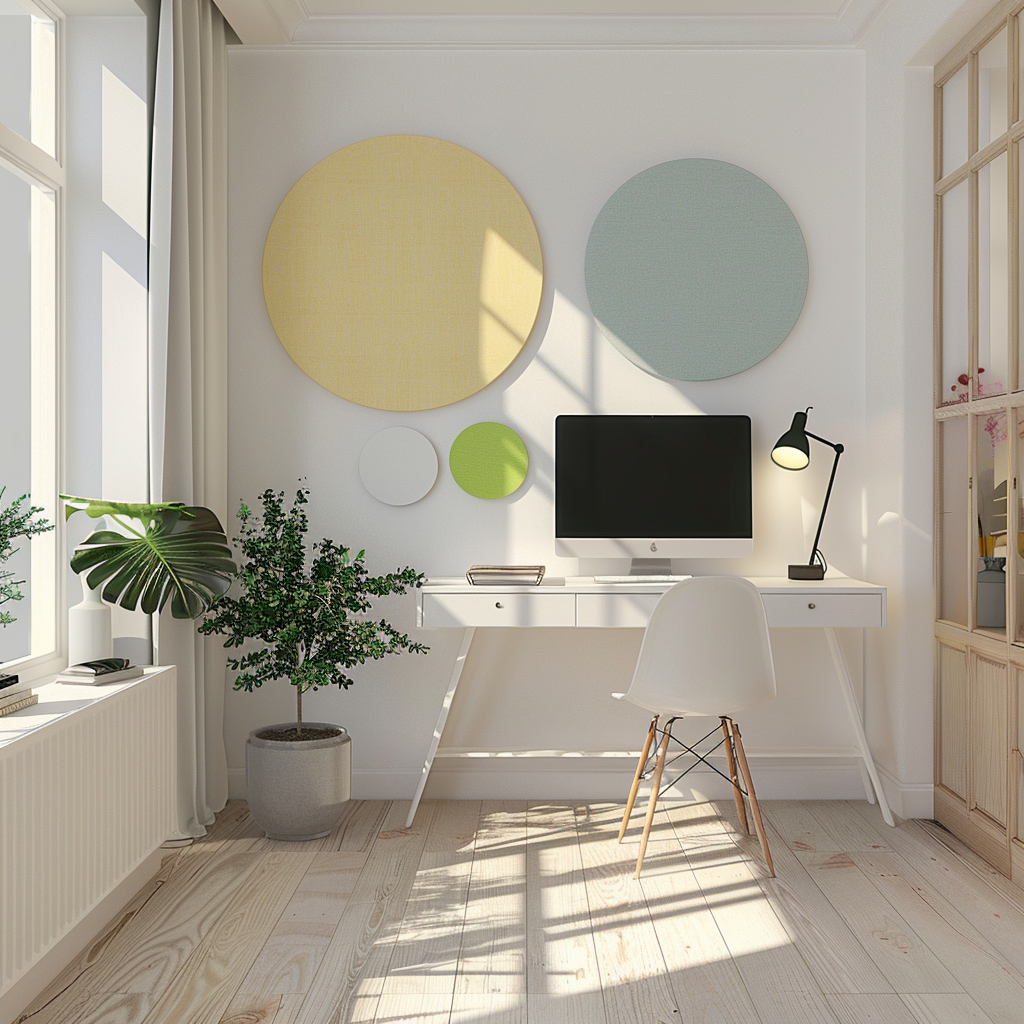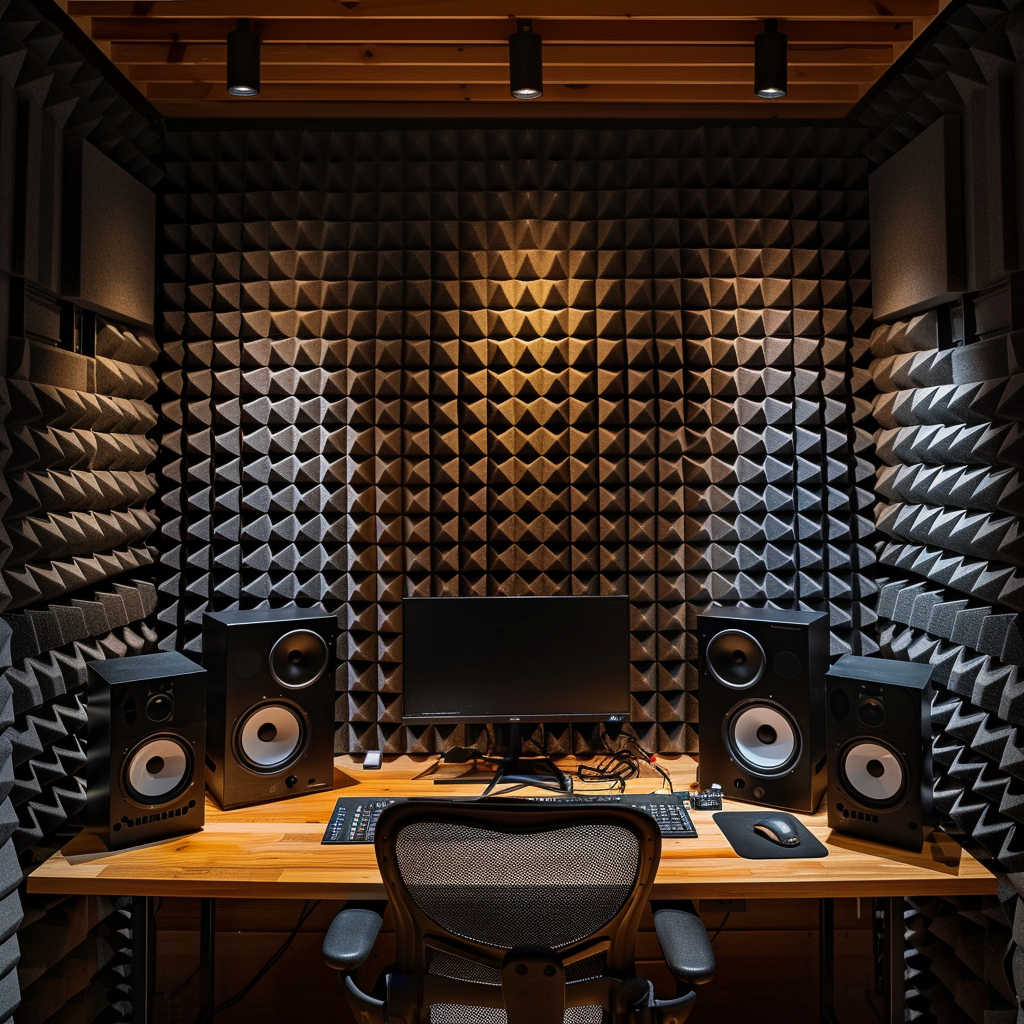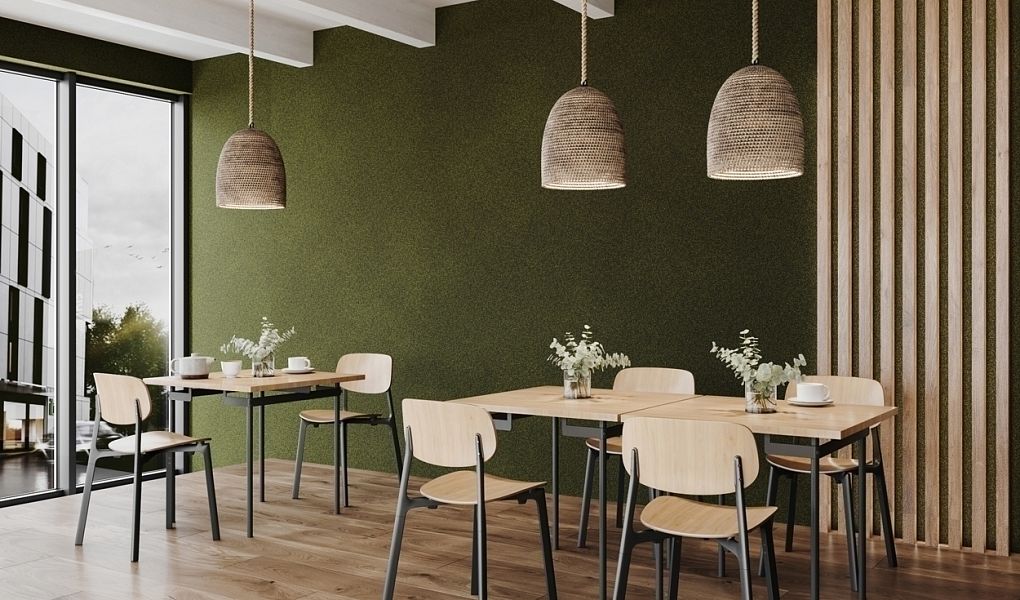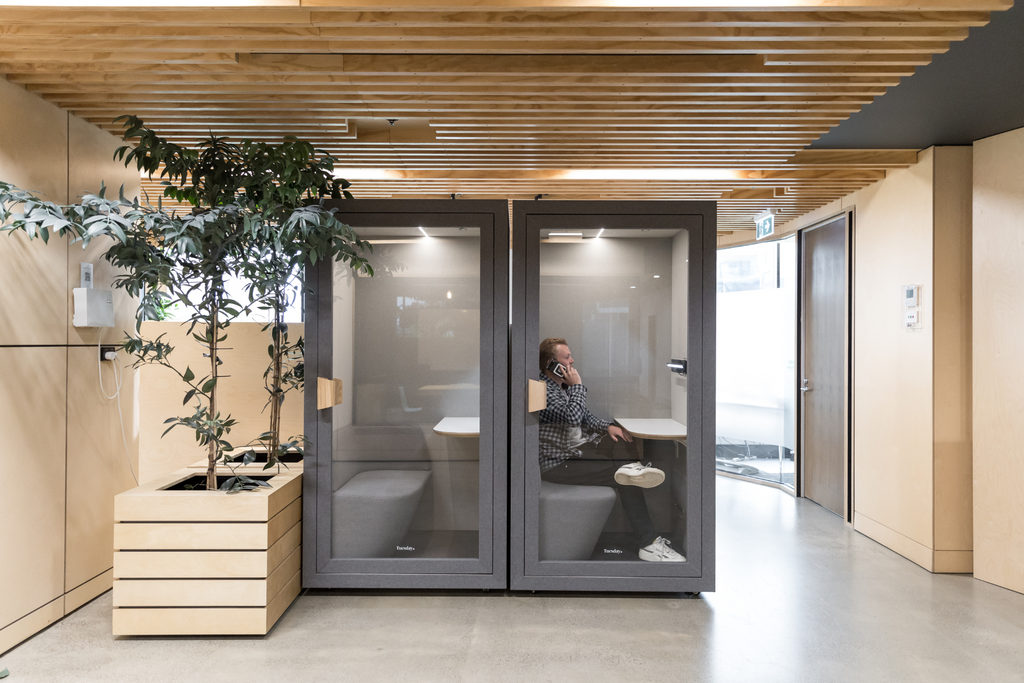
The Ultimate Guide to Choosing the Right Acoustic Panels for Your Space
Acoustic panels are essential for creating a balanced sound environment, whether in an office, home theatre, recording studio, or public space. With so many options available, selecting the right acoustic panels can be overwhelming. This comprehensive guide will help you navigate the different types of acoustic panels, their materials, and installation methods to find the perfect solution for your needs. Whether you’re looking to improve speech clarity, reduce background noise, or enhance sound quality, this guide will provide you with the knowledge and tools to make an informed decision.
Understanding Acoustic Panels
Acoustic panels are designed to absorb sound waves, reducing noise, echo, and reverberation in a space. They improve sound quality by controlling the acoustics, making conversations clearer and music or audio recordings crisper. Panels come in various shapes, sizes, and materials, each with unique properties suited to different applications. Understanding the science behind how acoustic panels work can help you choose the right type for your specific needs. By absorbing sound waves rather than reflecting them, acoustic panels prevent sound from bouncing around a room, which can create a more pleasant and functional environment.
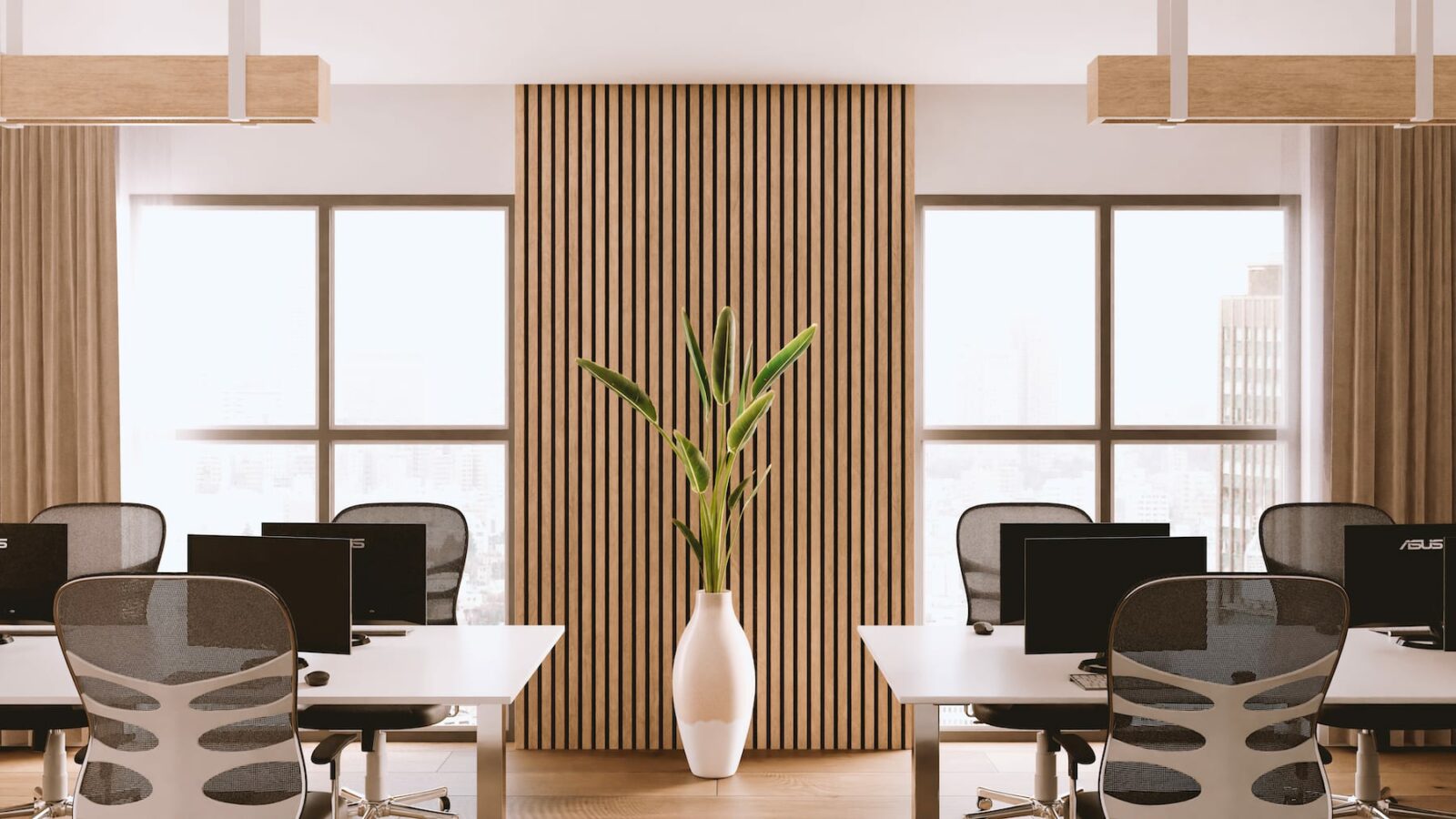
Types of Acoustic Panels
1. Fabric-Wrapped Panels
Fabric-wrapped panels are among the most popular choices for both residential and commercial spaces. They consist of a core material, such as glass wool or foam, wrapped in a decorative fabric. These panels are effective in absorbing mid to high-frequency sounds and are available in a wide range of colours and patterns to match your decor. Fabric-wrapped panels are versatile and can be customised to fit the aesthetic of any room, making them a favourite for home theatres, conference rooms, and auditoriums.
2. Foam Panels
Foam panels are lightweight and easy to install, making them a popular choice for home studios and small offices. They are effective in absorbing mid to high-frequency sounds and come in various shapes, such as wedges, pyramids, and flat panels, to enhance their aesthetic appeal. Foam panels are often used in recording studios due to their excellent sound absorption properties. They are also cost-effective, making them an attractive option for those on a budget. Despite their simplicity, foam panels can significantly reduce echo and improve sound quality in a space.
3. Timber Panels
Wooden acoustic panels combine functionality with elegance. They are often used in high-end commercial spaces and auditoriums. Timber panels can be perforated or slotted to enhance their sound absorption properties while adding a touch of sophistication to the space. The natural appearance of wood adds warmth and character to a room, making it a popular choice for restaurants, offices, and upscale residential interiors. Wooden panels not only provide excellent acoustic control but also serve as a stylish design element.
4. Perforated Metal Panels
Perforated metal panels are durable and suitable for industrial or high-traffic areas. They are designed to absorb sound while allowing airflow, making them ideal for spaces like factories or large public buildings. These panels are often used in conjunction with other materials to achieve optimal acoustic performance. Metal panels offer a sleek, modern look and are highly resistant to wear and tear, making them suitable for environments where durability is a priority. Their unique design allows for effective sound control without compromising on ventilation.
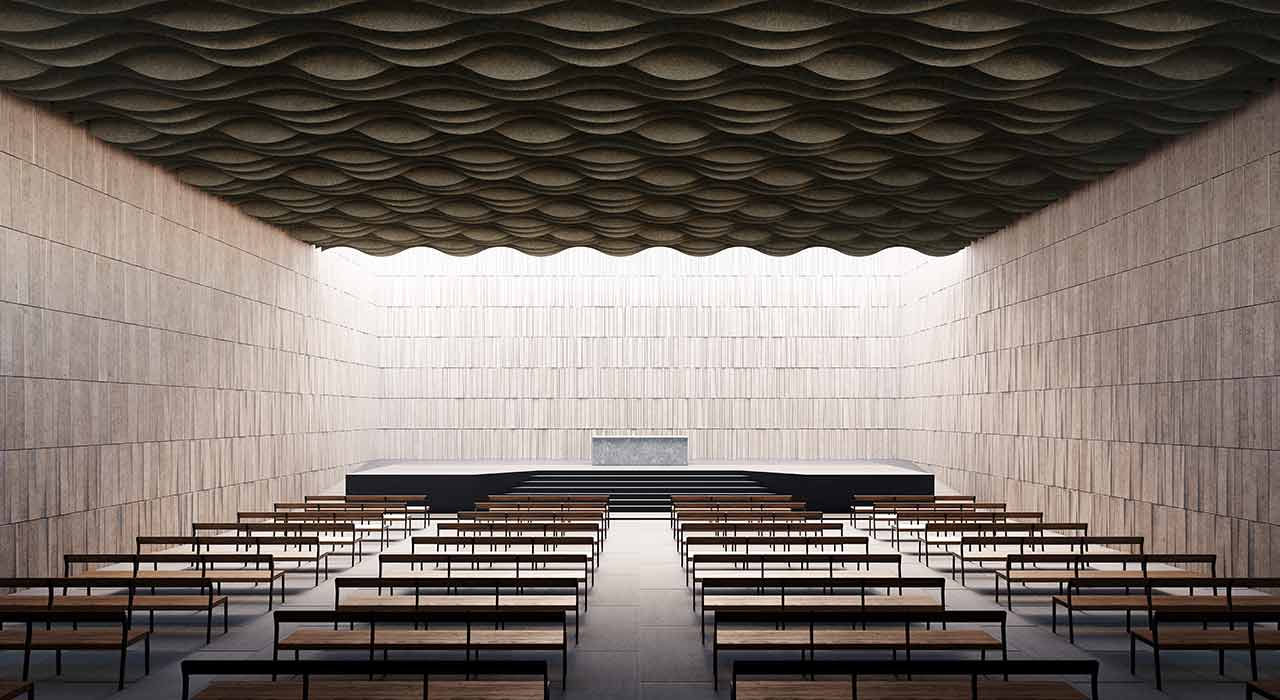
Factors to Consider When Choosing Acoustic Panels
1. Purpose of the Space
The primary use of the space will determine the type of acoustic panels you need. For example, a recording studio requires different panels than a busy restaurant. Consider the activities taking place in the space and the level of sound control needed. A home theatre may benefit from fabric-wrapped panels for superior sound absorption, while a classroom might require durable and easy-to-clean foam panels. Understanding the specific requirements of your space will help you select the most appropriate acoustic solution.
2. Frequency Range
Different materials absorb different frequencies. Identify the primary frequency range you need to control and choose panels designed to target those frequencies. Mid to high-frequency sounds are commonly addressed by most acoustic panels, while low-frequency sounds may require specialised bass traps. Assessing the acoustics of your space can help you identify problematic frequencies and select panels that effectively address these issues. This ensures a balanced sound environment, free from annoying echoes and reverberations.
3. Aesthetics
Acoustic panels should complement your space’s decor. Fabric-wrapped panels offer the most versatility in terms of colour and design, while wooden panels provide a more elegant and sophisticated look. Choose panels that enhance both the acoustics and the visual appeal of your space. Consider the overall design theme of your room and select panels that blend seamlessly with your existing decor. Acoustic panels can be both functional and decorative, adding to the aesthetic value of your space while improving sound quality.
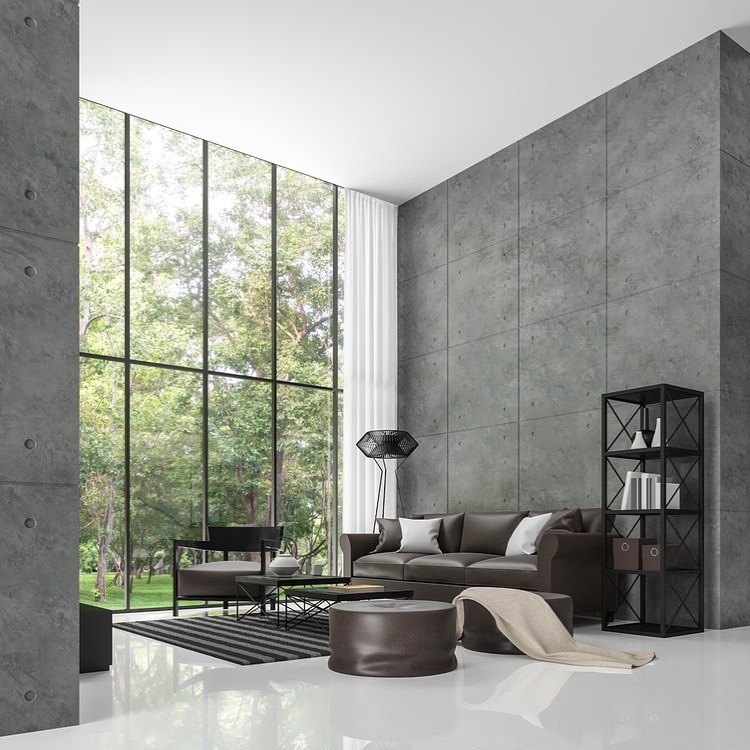
Installation Tips
For optimal performance, place acoustic panels at first reflection points—areas where sound waves first hit after leaving the source. This typically includes walls, ceilings, and corners. Identifying these key areas can maximise the effectiveness of the panels and create a balanced acoustic environment.
By strategically positioning panels, you can significantly reduce unwanted noise and enhance sound clarity. Evenly distribute panels throughout the space to create a balanced sound environment. Avoid clustering panels in one area, as this can lead to uneven sound absorption. Spacing the panels evenly ensures that sound waves are absorbed consistently throughout the room, preventing areas of excessive echo or dead spots. This approach creates a more harmonious acoustic environment, improving the overall auditory experience.
For spaces with high sound levels, consider layering different types of panels. Combining fabric-wrapped panels with bass traps and ceiling clouds can provide comprehensive sound control. Layering allows for targeted absorption of various frequencies, creating a more refined and controlled acoustic experience. This technique is particularly useful in recording studios, theatres, and large commercial spaces where precise sound management is essential. By employing a combination of acoustic treatments, you can achieve a superior sound environment tailored to your specific needs.
Share This Article :
Transform Your Space with Premium Acoustic Solutions!
THE ACOUSTIC HUB
Explore the World of Acoustics with The Acoustics Hub

Acoustic Insights
Explore expert articles, case studies, and practical tips to master acoustic solutions for any environment. Stay updated with the latest trends and innovations in the world of sound.
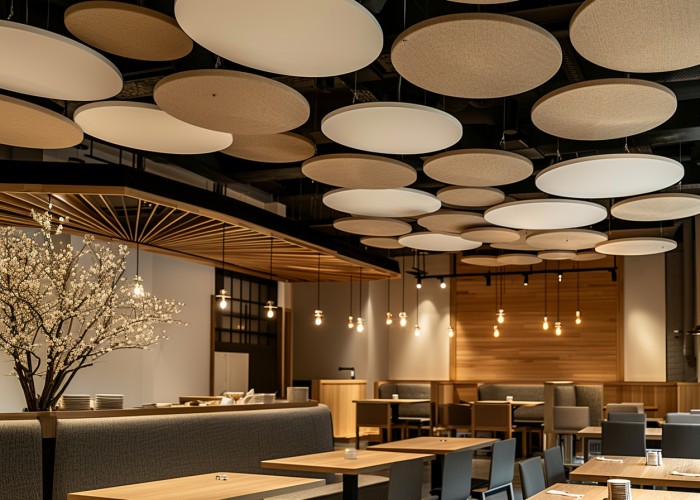
Reverberation Calculator
Quickly calculate the reverberation time for any space and determine the best acoustic treatments. Ensure optimal sound quality with our easy-to-use tool.
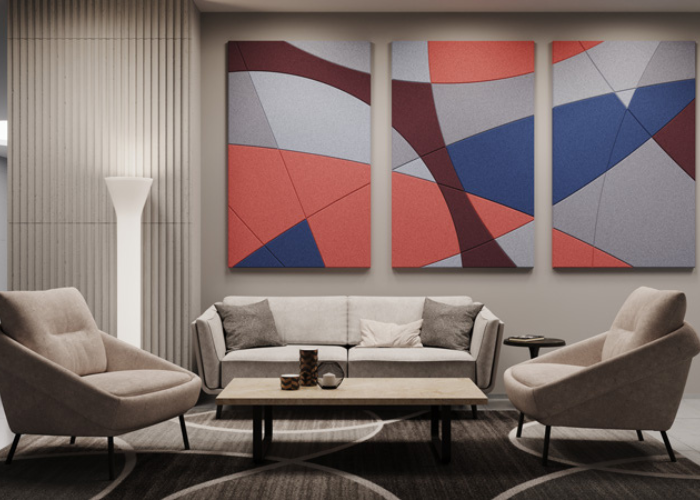
Acoustic Inspiration Gallery
Discover beautiful and effective acoustic solutions through real-life project examples. Get inspired by stylish and functional installations that enhance any space.


